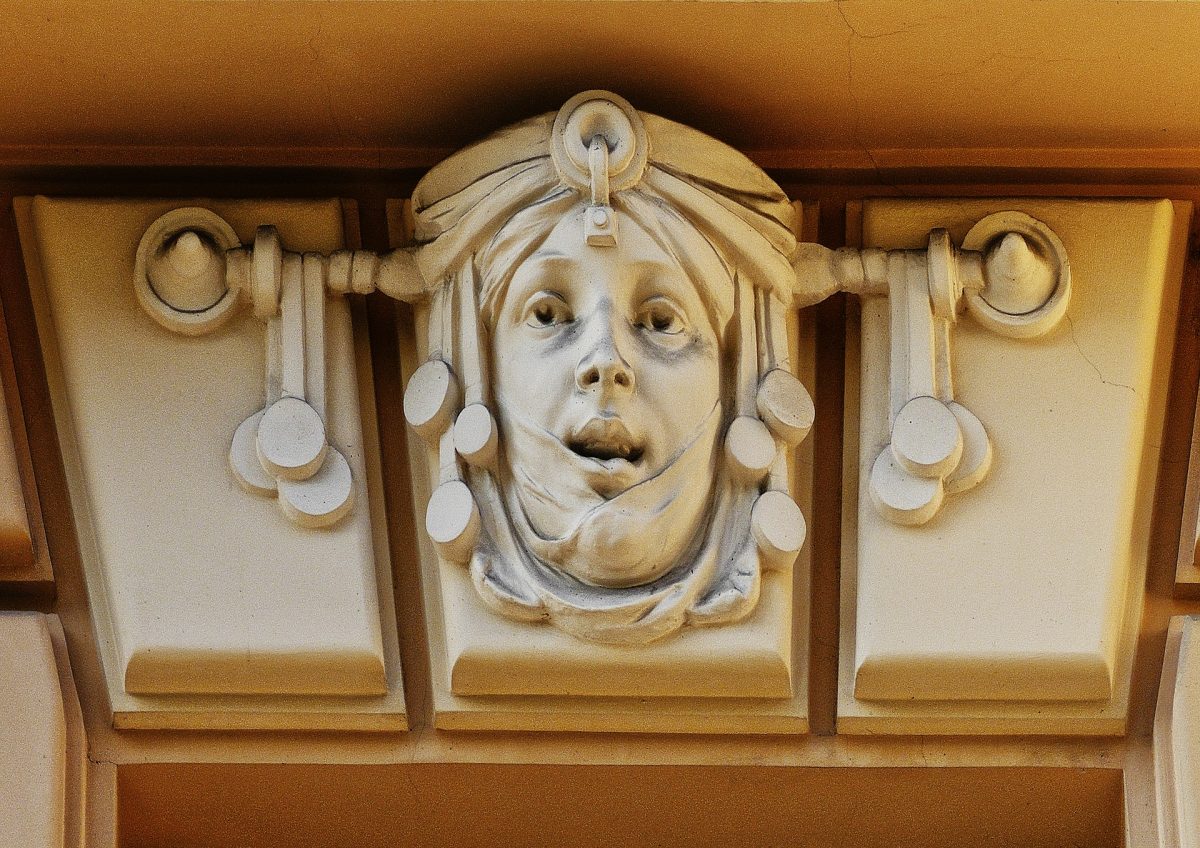Riga is famous for its Old Town and city center, in which over 800 buildings are of the Art Nouveau (aka Jugendstil) style of architecture. The old town of Riga is a UNESCO World Heritage Site. The Art Nouveau style involves intricate building facades, with carvings of flowers and mythological creatures, and ornate doorways and windows. Much of the old town was either destroyed by fire or destroyed by the Germans in World War II and remained in ruins until it was rebuilt in the late 1990s, mainly to make Riga attractive as a tourist destination.
Riga is also popular due to its nightlife and discount airlines that offer cheap flights to/from much of Europe.
Riga is bisected by the river Daugava. Old (medieval) town is in the center of the city on the east side of the river. It is surrounded by a ring of ~19th — early 20th century architecture, followed by a mix of private 2-floor house districts (many also pre-WW2) and Soviet-era 5-18 floor apartment districts, with an occasional factory (especially near railroad lines). The term “centre” loosely refers to quite a large area around Old town limited by the river to the west, the railroad lines to the east and south, and without a definite boundary to the north.
History
View of Riga towards the cathedral and Vanšu Bridge.
Riga was founded in 1201 by Albert of Bremen as a port city and a base to conquer and convert the native Livonians to Christianity, a goal that was achieved in 1206 after a battle in Turaida during the Northern Crusades. Riga developed as the major trade hub of the area during the peak of the Hanseatic League in the 13th to the 15th centuries and was ruled by the Archbishop of Riga. The Reformation reached Riga in 1522, which ended the Archbishops’ power. In 1621, Riga became part of the Kingdom of Sweden, although it maintained a great deal of autonomy. In 1710, an invasion by Peter the Great of Russia ended Swedish rule and cemented Russian influence on the city.
Latvia declared its independence on November 18, 1918, although it was occupied by the Soviet Union in 1940. Riga became the capital of the Latvian Soviet Socialist Republic until Latvian independence in 1991.
Germans have inhabited the city since its establishment by Albert, and throughout most of its history Germans were the elite while Latvians remained a lower class. Their position as the elite continued through the Imperial period of Riga. As such, much of the architecture in Riga has been heavily influenced by Germany. The Germans were forcibly evicted after the Nazi occupation of 1941-44.
Talk
The official language of Latvia is Latvian; however, in Riga, the majority of the population speaks both Latvian and Russian. English is widely spoken by younger people and by people in the tourism industry. German is also commonly spoken by tour guides.



